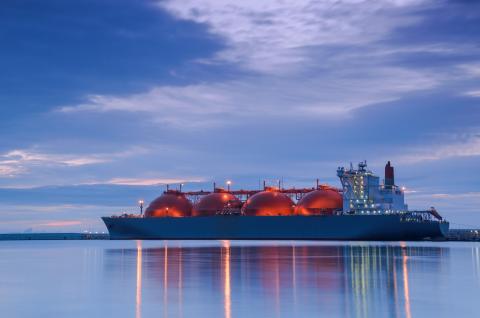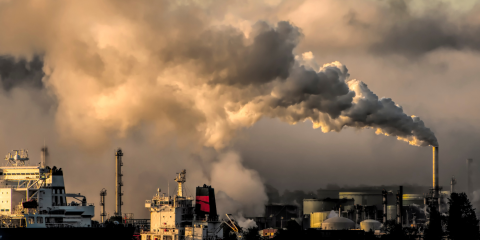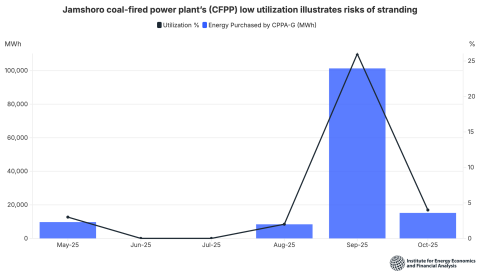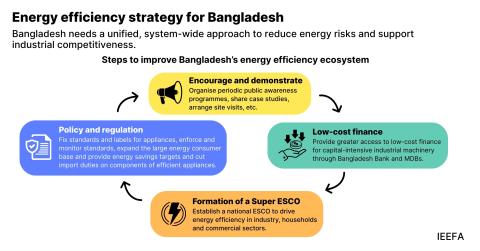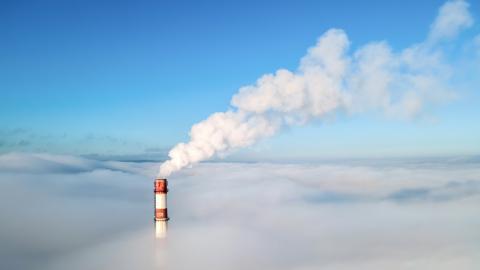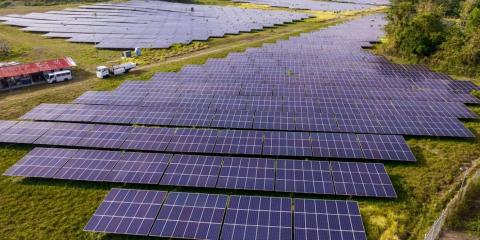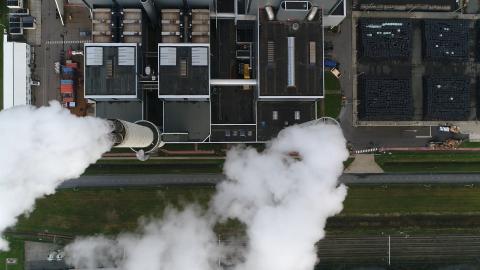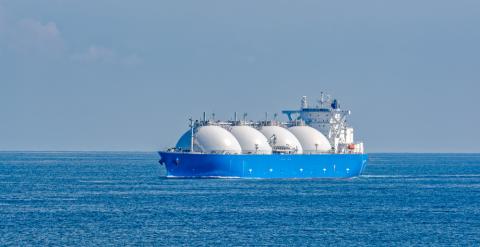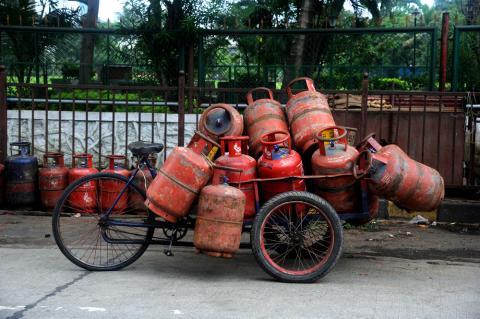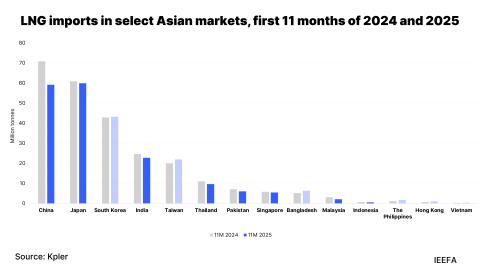Greece increases gas-fired power reliance
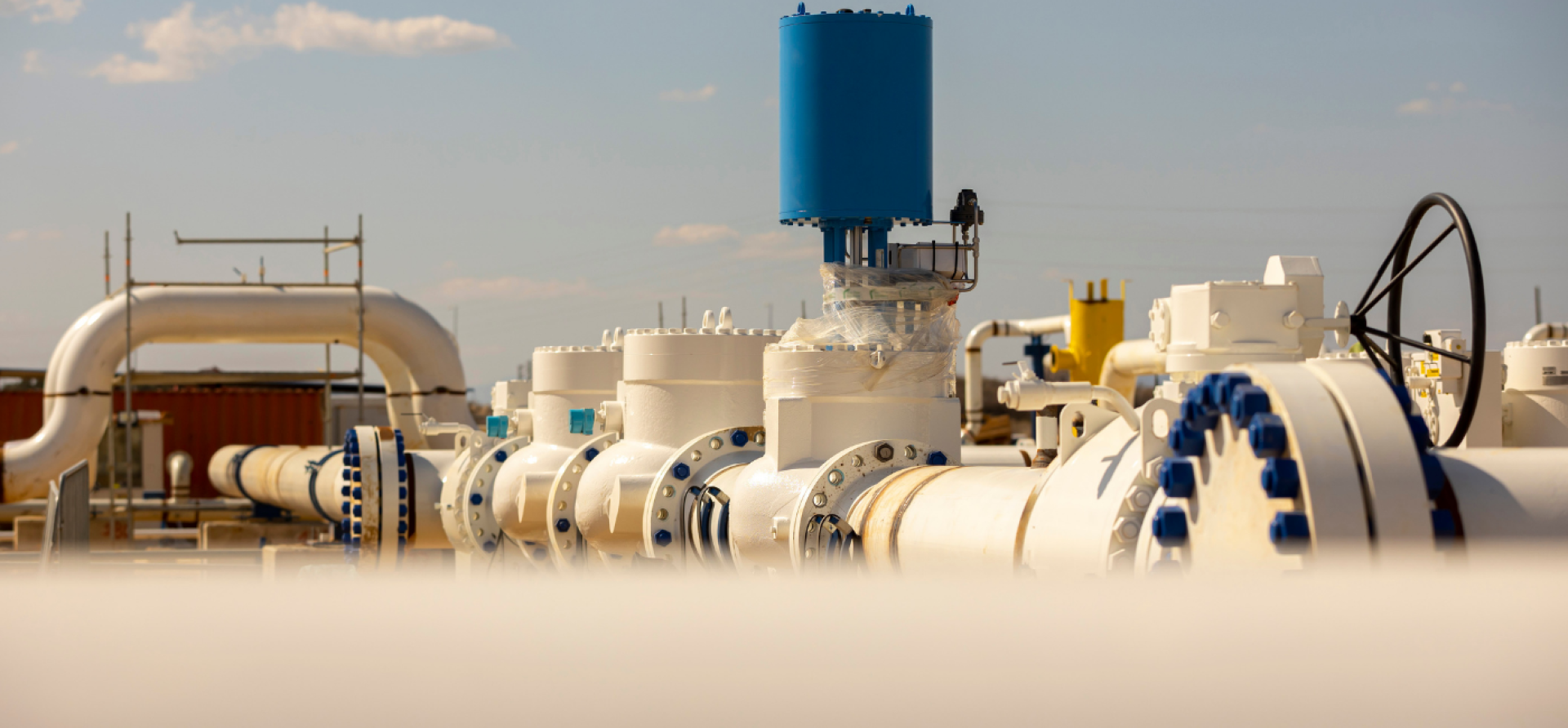
Key Findings
Greece’s monthly gas consumption reached an eight-year high in February 2025 as the country increases its reliance on gas-fired power.
Greece’s gas-fired power growth is not driven by security of supply concerns but by an opportunistic financial goal of becoming an electricity exporter.
If Greece invests in more gas infrastructure to become a regional energy-exporting hub, this would be at odds with its decarbonisation targets.
Greek consumers could face higher electricity bills if the country’s heavy reliance on gas power plants continues and a capacity remuneration mechanism is introduced.
Following the beginning of Russia’s full-scale war against Ukraine, the EU launched the REPowerEU plan in May 2022 to end the bloc’s dependency on Russian fossil fuels by 2027. The plan also aims to save energy, stimulate renewables growth and diversify energy supplies.
As part of the strategy, EU Member States agreed to European Commission proposals to voluntarily reduce gas use compared with their average consumption between April 2017 and March 2022 (the reference period).
While most EU countries exceeded the 2024-25 target, Greece and Poland fell short and even increased consumption.
Compared with the reference period, Greece reduced its gas consumption by 23% between August 2022 and March 2023 and by 9% between April 2023 and March 2024. However, its consumption surprisingly jumped by 19% from April 2024 to March 2025, compared with the reference period.
Greece has gradually increased gas use since mid-2023. Monthly gas consumption reached an eight-year high in February 2025, at 0.72 billion cubic metres (bcm). Power generation and heating account for about 70% of the country’s gas consumption.
If Greece’s heavy reliance on gas power plants continues and a capacity remuneration mechanism (CRM) is introduced, consumers could face higher electricity bills. This is because such a mechanism would require gas-fired power generation to be available to guarantee security of electricity supply, as explained in a CRM brief by The Green Tank.
To secure medium- to long-term electricity supply, EU countries have been assessing the introduction of CRMs. According to the European Commission, such mechanisms “enable power plants to be available for generating electricity when needed. In exchange, the mechanisms provide payments to these power plants. These capacity payments are in addition to the earnings power plants gain by selling electricity on the energy market.”
In IEEFA’s view, CRMs distort power market fundamentals and unnecessarily prolong the life of power plants that should have exited the grid due to their high marginal costs.
Greece’s big switch
The change in power flows to and from Greece in just four years is tremendous in magnitude. The country went from being a net importer of 8.8 terawatt-hours (TWh) of energy in 2020 to a net exporter of 0.7 TWh in 2024 (see figure below).
The demand curve below shows that some of the gas-fired power generation in 2024 was not required as the country’s electricity consumption was often lower than its production.
In IEEFA’s view, Greece’s significantly increased gas baseload power generation in 2024 was not driven by supply and demand or energy security issues but by financial incentives and long-term strategic goals.
By increasing gas-fired electricity production, Greece boosted its energy export capacity. The country’s transition from an electricity importer to exporter suggests a strategic effort to leverage its increased generation capacity. Exporting surplus electricity generated additional revenues as the country made progress towards its goal of becoming a regional gas and electricity exporter.
However, gas prices are very volatile. Greece paid some of the highest prices for imported LNG among EU countries in 2024. It spent €53 per megawatt-hour on average for US LNG, well above the EU average of €34 per megawatt-hour.
If Greece’s long-term strategy is to expand its gas baseload capacity and invest in related infrastructure – such as new gas plants, pipelines or LNG terminals – to establish itself as a regional energy-exporting hub, it would be at odds with the nation’s legislated decarbonisation goals. Under its National Climate Law, Greece has committed to reducing greenhouse gas emissions by 55% by 2030 and by 80% by 2040, compared with 1990, and to reach net zero by 2050.
However, Greece’s attempt to position itself as a regional gas hub – as Italy has tried to do – will make these targets harder to achieve. This apparent policy shift away from its green energy transition goals towards increasing gas use, in addition to its fleet of coal-fired power stations, is concerning.
Greece has some of the best solar and wind resources in the EU. Renewables are already at grid power parity, while fossil fuel market volatility reflects a major price risk exposure for the nation’s industrial and retail consumers.
In IEEFA’s view, Greece would be better off to aim for almost entirely renewables-based power generation. Most importantly, increased efforts to shift towards renewables would also align with the EU’s climate targets and global commitments to reduce carbon emissions rather than pursue an opportunistic power grab for questionable short-term gains.
Το κείμενο αυτό είναι επίσης διαθέσιμο στα ελληνικά. Διαβάστε το εδώ.



